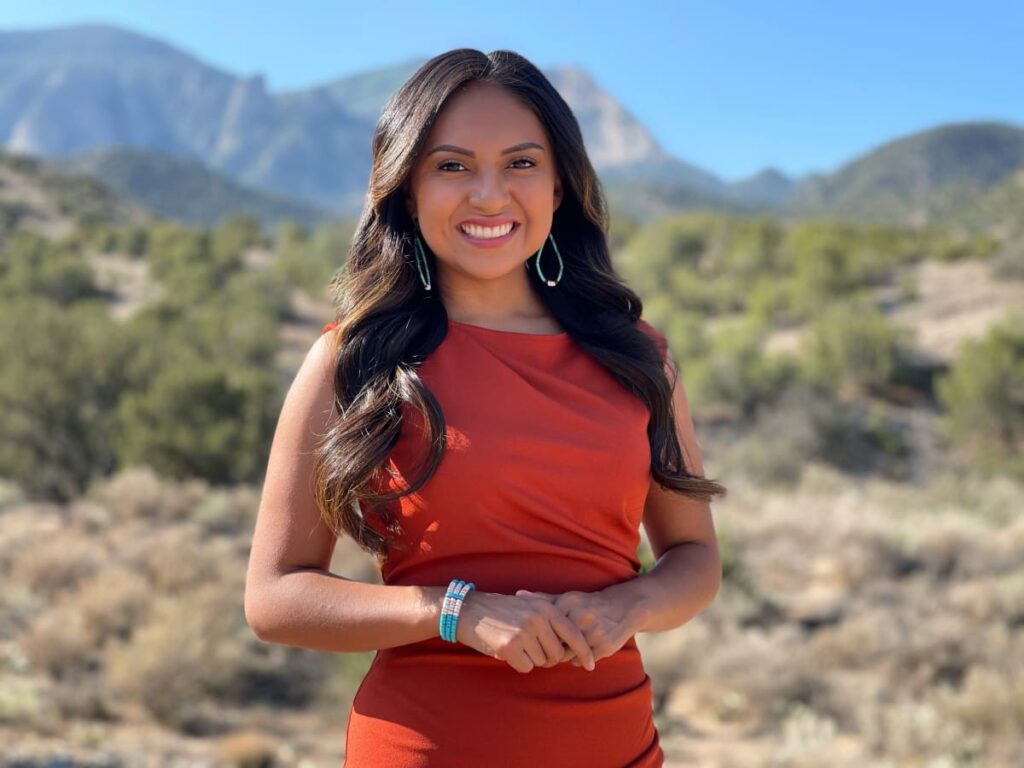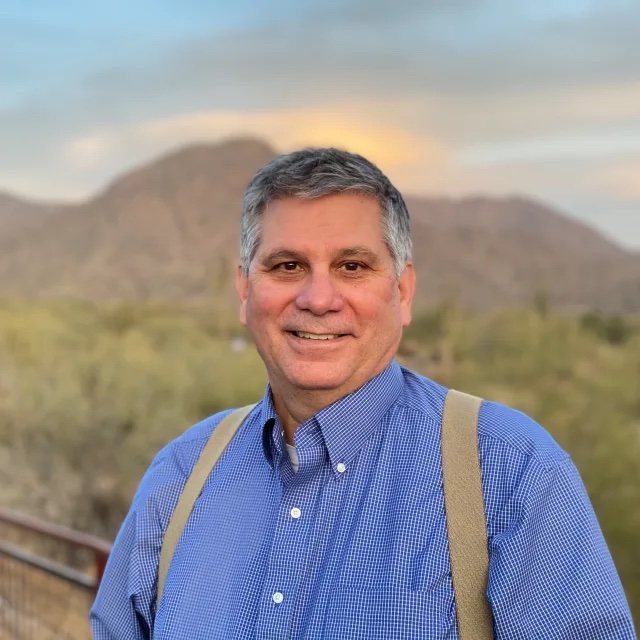Ed. Note: Earlier this week the Corporation for Public Broadcasting (CPB) announced a $500,000, two-year grant to support Indian Country Today’s daily news broadcast. The announcement comes after ICT’s closure four years ago and its re-emergence as a national multimedia platform covering Native American communities. The news also comes as Native American communities are experiencing greater visibility on the national stage. Mark Trahant is a veteran reporter and Editor-at-large for ICT. He spoke with EMS’s Peter Schurmann about ICT’s role covering Indian Country at this historic moment.
Indian Country Today’s re-emergence comes as Native American communities are gaining greater visibility. What is the significance of this moment?
Crystal EchoHawk did a study about four years ago on changing public perceptions of Native Americans and said at the time that invisibility is not a superpower, that it weakens your ability to be in the public discourse. And we are now at a moment when… there is the rise of popular shows like Rutherford Falls, Dark Winds, Reservation Dogs, all these media experiences that are putting Native Americans in the limelight. And globally, we are about to see the rise of Indigenous nationhood in a different way. I am thinking specifically of Greenland’s transition from Denmark to becoming an independent nation, and how more people are going to see and experience international governance from Indigenous people. How that changes the conversation will be really interesting. But all of this comes at a time when people still don’t know much about tribal communities.
Does that inform how do you see ICT’s role in the broader media landscape?
This goes to our philosophy. Part of it is that we don’t want to be event driven, but issue driven. Which means we try to look for the big picture on stories and try to explain things. In the old world of journalism, journalists rushed to be first on a story. And frankly, we don’t care if we’re first. We really want to have it right, and we’ll take an extra day or two… whatever it takes to get that context. And the other part is that Native Americans didn’t—and still don’t—see themselves in media. I mean, here we are in 2022 and just two weeks ago MSNBC hired its first Native American as an on-air commentator. There is not a single Native on-air reporter or on-air producer. I’m working on a story now about corporate board participation and of all public media companies there is not a single Native American. So we are still in a position where there are so many zeroes out there.
How were you able to rebuild ICT’s audience after it’s closure?
We knew we wanted to be a non-profit and started asking readers for money. And that came really quick, mostly through small donations… the average was $35. We got letters from across the country and one of my favorites was a letter from Pine Ridge, South Dakota with a $15 money order. Which means someone cared enough about our success to stand in line at a post office to buy a money order, and then mail that to us with a letter. That’s really incredible. The other interesting thing the data shows is that our readership is really young. Our number one readership group is 25 to 34, and that’s been very consistent from the beginning.
And what do you attribute to being able to connect with younger audiences?
Mobile. One of the first decisions we made when I was brought on was to have everyone involved in the project remember that the mobile phone is the most powerful instrument ever invented. It is really easy in the newspaper world to think of web pages as being your vehicle… but every day our traffic is 85% mobile. So from the very beginning we looked at what our load times are on mobile, how our stories look on mobile. I remember before we launched, I was up in Bethel, Alaska, and I was testing page load times.
There’s been a lot of reporting about the lack of connectivity in tribal communities. Did that present an obstacle to growing your audience reach?
Policy makers are really focused on expanding broadband access, and that’s important for schools and homes and things like that. But for us it is all about mobile access and that is a whole different game. I remember five years ago in Navajo country how difficult it was to get mobile reception, and now you can travel across the entire reservation while keeping a signal. And I think that is a fundamental change that made this whole project easier.

What role has technology played in the rising visibility of Indian Country?
Social media has brought about a fundamental change for Indigenous people. Now what happens in New Zealand or Australia, for example, becomes local. The connections are real and lasting. Events like Idle No More in Canada and Standing Rock, meanwhile, captured social media in ways no one expected, connecting the world to these stories. Hollywood is a different matter. What helped with Hollywood was that one success led to another. The rise of shows like Rutherford Falls led to Reservation Dogs, the same group of people working together. And Hollywood started to see that this is successful, that there is a market there they haven’t thought of. Which is essentially what we’re doing too. There is a market here that people haven’t thought of.
What are the top issues for Indian Country that warrant wider attention?
Climate, partly because the climate story has only been told from the disaster point of view, which is important. But the resiliency side hasn’t been told. Sovereignty is another big issue, having communities be able to decide their own future. If you look at the world’s land base, Indigenous people control roughly 25% of the land. And if you look at all the minerals required to transition to electric vehicles, 95% of these mineral deposits run through Indian Country. Lithium, copper… almost all the minerals required. And so one of the conversations with our readers is, can you be against everything when it might be the only way to get forward on climate.
How will you gauge ICT’s success in the coming years?
The big one is to get on more public television stations and be a true national broadcast. We’re now on about 30 public television stations. Having the CPB imprint will really help expand this. On the digital side we’d like to get to 1 million visitors a month: we’re at about 800,00 now. Personally, I look for the day when we have kids coming through here on school tours every day, because that is when I know we’re telling the next generation this is a career for you.





